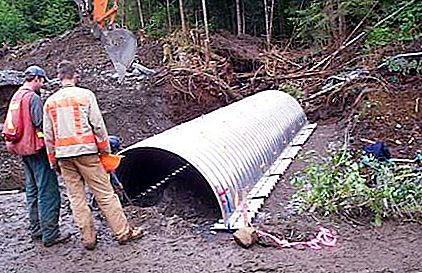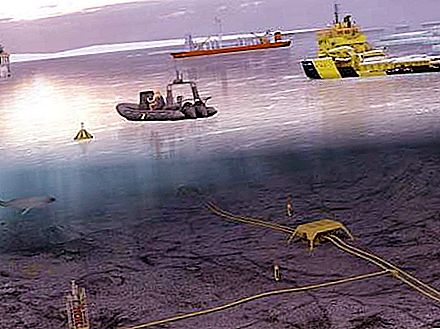Environmental monitoring is a set of observations made in what state the environment is in, as well as its assessment and forecast of changes occurring in it under the influence of both anthropogenic and natural factors.

As a rule, such studies are always carried out in any territory, but the services involved in them belong to different departments, and their actions are not coordinated in any of the aspects. For this reason, environmental monitoring is faced with a priority task: to determine the ecological and economic region. The next step is to select information regarding the state of the environment. You also need to make sure that the data received is enough to draw the right conclusions.
Types of Environmental Monitoring
Since during the observation many problems of various levels are solved, at one time it was proposed to distinguish three of its directions:
- sanitary and hygienic;
- natural and economic;
- global.

However, in practice, it turned out that this approach does not clearly define the zoning and organizational parameters. It is also impossible to precisely separate the functions of subspecies of environmental monitoring.
Environmental Monitoring: Subsystems
The main subspecies of environmental monitoring are:
- Climate monitoring. This service is responsible for monitoring and forecasting climate fluctuations. It covers the ice cover, atmosphere, ocean and other parts of the biosphere that affect its formation.
- Geophysical monitoring. This service analyzes the data on air pollution and the data of hydrologists, meteorologists.
- Biological monitoring. This service monitors how environmental pollution affects all living organisms.
- Monitoring the health of residents of a particular territory. This service monitors, analyzes and predicts the state of public health.

So, in general terms, environmental monitoring is as follows. The environment (or one of its objects) is selected, its parameters are measured, it is collected, and then information is transmitted. After that, the data is processed, their general characteristics are given at the current stage, and forecasting for the future is made.
Environment Monitoring Levels
Environmental monitoring is a multi-level system. In increasing order, it looks like this:
- Detailed level. Monitoring is carried out in small areas.
- Local level. This system is formed when parts of detailed monitoring are combined into one network. That is, it is being conducted on the territory of a district or a big city.
- Regional level. It covers the territory of several regions within the same region or region.
- National level. It is formed by regional monitoring systems integrated within one country.
- Global level. It combines monitoring systems of several nations. Its task is to monitor the state of the environment around the world, to predict its changes, including those resulting from the impact of the anthropogenic factor on the biosphere.
Surveillance program
Environmental monitoring is scientifically sound and has its own program. It indicates the objectives of its implementation, specific steps and implementation methods. The main points that make up the environmental monitoring program are as follows:
- A list of objects that are monitored. Exact indication of their territory.
- A list of indicators of ongoing control and the permissible limits of their changes.
And finally, the time frame, that is, how often samples should be taken, and when data should be provided.




